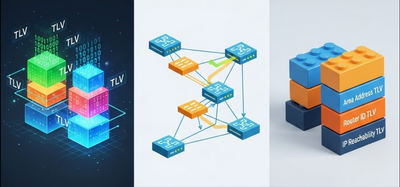Ever typed a website address like google.com and wondered how your computer instantly knows where to go? That's the unsung hero, the Domain Name System (DNS), working tirelessly in the background! Think of DNS as the internet's phonebook, translating human-friendly website names (like mypage.com) into computer-friendly numerical addresses (like 192.0.2.1).
Here's a simplified look at the journey your request takes:
- You Type a URL: When you type
http://mypage.cominto your browser, your computer first checks its local memory (cache and host files) to see if it already knows the IP address formypage.com. - Asking Your Router/ISP: If not found locally, your computer asks your router, which then passes the request to your Internet Service Provider's (ISP) DNS server.
- The DNS Hierarchy in Action:
- Root Servers: If your ISP's DNS server doesn't know, it will ask a Root Server (like asking for the first letter of a name in the phonebook). The Root Server directs it to the correct Top-Level Domain (TLD) Server (e.g., for
.com,.org,.net). - TLD Servers: The TLD server then points to the Authoritative Name Server responsible for the specific domain (
mypage.com). - Authoritative Name Servers: This is where the actual mapping of
mypage.comto its IP address is stored. The Authoritative Name Server provides the IP address back.
- Root Servers: If your ISP's DNS server doesn't know, it will ask a Root Server (like asking for the first letter of a name in the phonebook). The Root Server directs it to the correct Top-Level Domain (TLD) Server (e.g., for
- Connecting to the Website: Once your computer receives the IP address from the DNS journey, it can then connect directly to the web server hosting
mypage.com, and voilà – the website loads on your screen!
This entire process happens in milliseconds, ensuring you can navigate the web seamlessly without having to memorize complex numerical IP addresses. So, next time you browse, give a little nod to the incredible work of DNS!








